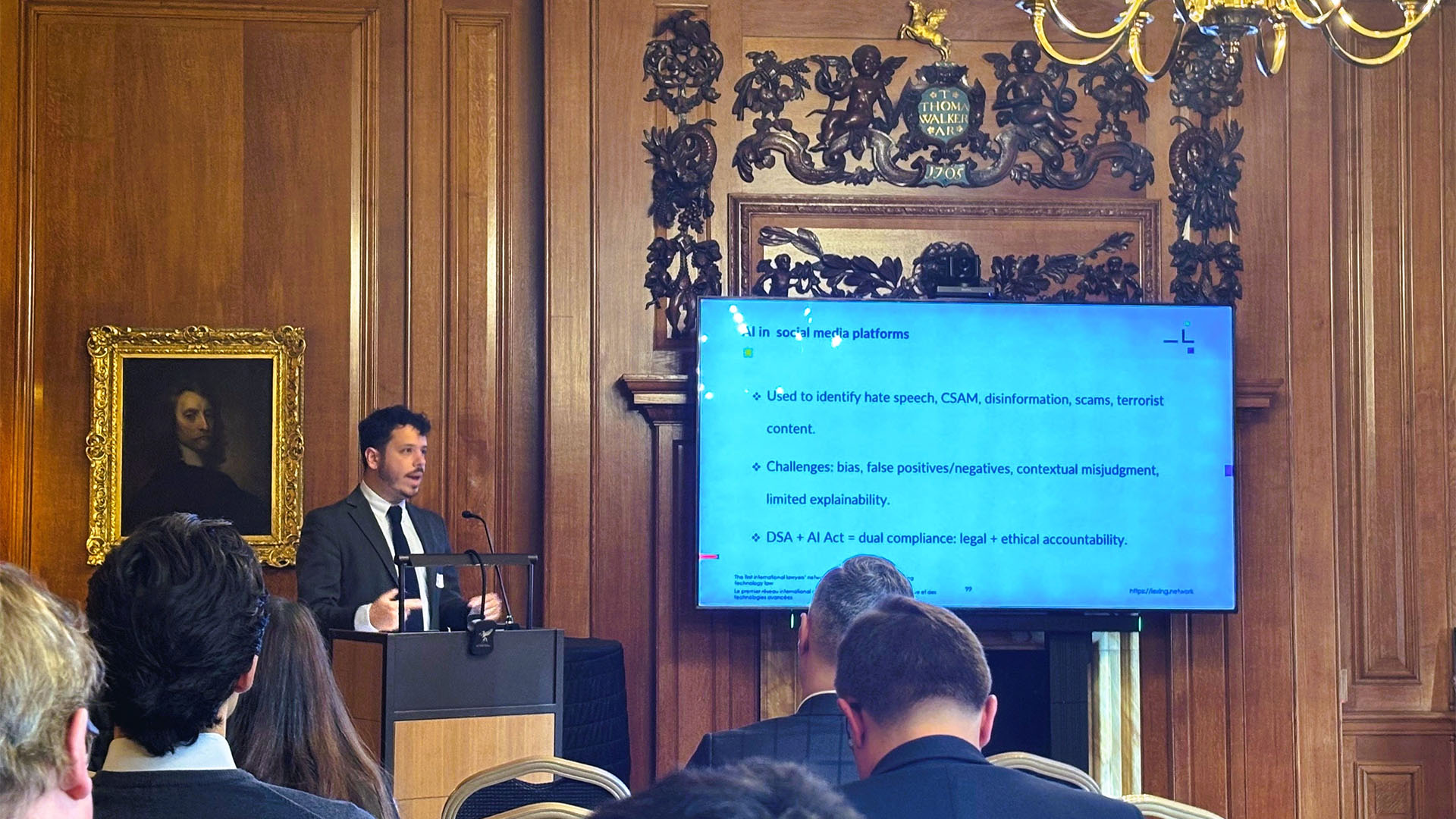Gregory Pelecanos discussed the challenges facing governments, industry and consumers transitioning to electric mobility.
Governments acceding to the Paris Accords committed in 2015 to combat climate change by holding the increase in the global average temperature to well below 2 degrees Celsius above pre-industrial levels and limit the temperature increase to 1,5 degrees above pre-industrial levels and increasing the ability to foster low greenhouse emissions development. In the EU, cars are responsible for 12% of total EU emissions of CO2, the main greenhouse gas. Although the EU has been for many years committed to engine efficiency and lowering pollutants and emissions , as seen through the successive Euro type approval regulations, it was Dieselgate, the emissions testing scandal involving many car manufacturers in 2015, that spurred ahead the EU and the EU Governments’ determination to move to electromobility as a most promising technology to curb carbon dioxide emissions. As early as 2009 the EU has promulgated Regulations set targets for emissions. Starting from 2009 setting a CO2 target of 130 gr/km for fleet average of all manufacturers combined for 2015, in 2014 a new target of 95 gr/km for 2021 was set and finally, after Dieselgate the EU has resolved in 2019 that a 37,5% reduction from 2021 starting points must be achieved by 2030. This sets emissions to about 50 gr/km . With current standards of engineering , materials and car mass of a median 1,3 tonnes per car this means that the electric combustion engine must be replaced by electric mobility.
With this in mind the manufacturers, whilst still producing cars with a conventional internal combustion engine, have developed and continue developing a number of different types of electric vehicles (EV’s) ranging from vehicles based mainly on internal combustion engines but using electric motors and a battery as a complementary power source (Hybrid EV’s), cars with an electric motor but with an internal combustion engine working together or separately from the electric engine (Plug-in Hybrid EV) to fuel cell electric vehicles using hydrogen and pure electric vehicles powered solely by electric motor and a plug in battery. Alternative fuel cars, using LPG, Compressed Natural Gas or biomass fuels have also been developed and put into circulation. The cost of maintaining conventional production and transitioning to EV’s coupled with new technological research and services (software, connectivity), changing consumer patterns and fluctuations in demand comprise a hugely challenging environment.
On the infrastructure side, the EU has not been so determined. The Alternative Fuels Directive (2014/94) recommends a minimum of around one (1) charging point per 10 EV’s and the Energy Performance of Buildings Directive (2018/844) requires at least one electric recharging point per ten parking spaces in all new non- residential buildings and substantially remodeled building and other such “soft” measures.
Considering the hundreds of millions of conventional cars in circulation today and that only approximately 1 million EV’s are currently in circulation in the EU, the transition required is monumental. The annual increase of EV’s in the EU is rapid standing at 42,5% approximately from 2018-2019 but in absolute numbers this is only 300,000 units. In Greece that same number is 55,7% but the actual units were only 350 approximately. The largest numbers both in annual percentage increases and EV units sold are concentrated in a few North and West European States. It is somewhat ironic that some countries who are amongst the most successful are exporters of domestic crude and natural gas to the rest of the world, or the home of international major hydrocarbon production & exploration companies trading oil and gas internationally.
In order to promote electric mobility, governments and regions have employed an array of incentives ranging from tax incentives (lowering or exempting the purchase of EV’ s from registration tax, annual road tax, etc), grants (cash discounts or rebates, swap schemes etc) and to a lesser degree incentivizing investment in infrastructure meaning mainly providing incentives such a super-depreciation rates or tax reductions for associated labour.
In Greece the particular problems of low EV sales and practically non- existent infrastructure need to be urgently addressed. EV market share of new passenger car registrations stands at 0,2 % and there are only approximately 65 recharging stations, of which only 15 approximately are fast charging stations.
The challenges to a successful transition to electric mobility start with grid capacity. Potentially a rapid increase of sales may be a major concern, in that the current grid may not be able to sustain additional loads in peak periods in certain areas. Residential re-charging will necessarily occur in situ through the standard grid, and takes approximately 7-8 hours per recharge. Solutions to be promoted include smart charging i.e. charging at the most convenient times for the grid and at the lowest cost for consumers and energy feed-back i.e. making car owners prosumers who not only offtake from the grid but also feed energy back into the grid. Consumer information on prices and incentives are necessary requirements.
Most problems are related though to infrastructure limitations. Currently there are only 64 charging positions in 45 publicly accessible stations and 27 private charging positions . Most of these allow recharging over a period of 2 hours approximately and only a handful allow for recharging in under 30’. An abrupt increase of EV sales would create severe congestion at recharging points increasing travel times to the point where lack of recharging stations would be seen as a disincentive to the purchase of EV’s. Greece is challenging also because of its high urbanization (78,5% of the population live in 15 urban centers), which are widely spread one form another and divided by mountainous terrains or sea. The Energy Regulator, fearing the creation of a monopoly, did not approve a plan by the DSO/DEDDHE to build 1200-1550 EV charging stations and has stated that it will promote a competitive bidding process. The Regulator needs also to define specs for charging stations, promote availability of location and price data, occupation time, remove regulatory barriers, such as tenancy law restrictions, right of abode and possible objections to tampering with the DSO’s equipment and lines. It is necessary that antitrust authorities are also vigilant to avoid both monopolization (subscription services lock-in, deterring use of other networks) and also cartels emerging through lack of transparent price information, amongst many other concerns.
From the point of view of the consumer, high prices and “range anxiety” present the largest problems. Median vehicle possession by an owner is approximately 11 years compared to 5 in the EU, meaning that Greeks do not change cars as often as would be needed to achieve a substantial change in the mix of vehicles in circulation. Price/incomes ratio is probably the cause for this extended retention. Substantial financial and tax incentives will be required, not an easy task for a cash strapped economy. “Range anxiety”, i.e. the range that can be covered by an EV and the fear of running a battery low is a major disincentive in the mind of the consumer. Perhaps a consumer will purchase an EV for his intra-city travels and a conventional vehicle for longer trips. Investing in improved public transportation, providing incentives for investments in recharging stations, especially fast recharging stations, will necessarily have to take regional characteristics into account in order to ensure a smooth and balanced coverage.
Perhaps it goes unnoticed, but the climate change economy is a paradigm shift. From horse to horse power, the internal combustion engine developed largely through the invisible market forces whereas climate change economy is a forced process driven by government planners. It is crucial that the government planners get it right and indeed get it right the first time around. Given the dual significance of the automotive industry, both a driver of the global economy, (not only as a vendor of vehicles, parts and services who employs millions both directly and indirectly through dealerships, workshops, OEM’s etc.) but also as a major purchaser of services, metals, other manufacturing products, electronics, rubber etc., it is crucial that the industry is not driven to the brink. Currently, faced with the challenges of reduced sales mostly in China and the prospect of an EU recession and the costs of switching to electro-mobility all the majors have announced major restructuring plans and massive layoffs. At the same time, the massive infrastructure investments required are a huge burden to the States most of which are not characterized by fiscal health, Greece being such a case. In such an environment, the push to climate friendly motor vehicles, needs in this speaker’s opinion a balancing act of fine proportions essentially in the direction of primarily creating the infrastructure to sustain the increased use of electric vehicles and promoting the use of vehicles combining the internal combustion engine with electric motors rather than promoting sales of pure electric vehicles. Adequate infrastructure will help to overcome “range anxiety”, help towards a smooth transition from petrol stations to re-charging stations. The costs are enormous and since these cannot be borne by the State policies should involve the private sector such as car manufacturers and distributors, their networks, independent car sellers and servicers, the oil & gas industry and petrol station networks and electricity producers. A gradual increase , proportional to infrastructure development, of incentives to purchase electric vehicles would nudge the consumers to change habits and behavior.



